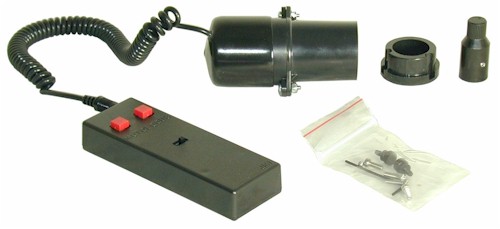![crying2 [smilie=crying2.gif]](./images/smilies/crying2.gif)
My journey has began
- Airconvent
- Super Moderator
- Posts: 5804
- Joined: Tue Sep 30, 2003 11:49 pm
- Location: United Federation of the Planets
- cloud_cover
- Posts: 1170
- Joined: Mon Jul 12, 2010 6:08 pm
- Favourite scope: 94.5", f/24 Ritchey-Chretien Reflector
- Location: Restaurant At the End of the Universe
- orly_andico
- Posts: 1616
- Joined: Sun Aug 09, 2009 11:14 pm
- Location: Braddell Heights
- Contact:
- cloud_cover
- Posts: 1170
- Joined: Mon Jul 12, 2010 6:08 pm
- Favourite scope: 94.5", f/24 Ritchey-Chretien Reflector
- Location: Restaurant At the End of the Universe
http://www.astro.sg
email: gary[at]astro.sg
twitter: @astrosg
"The importance of a telescope is not how big it is, how well made it is.
It is how many people, less fortunate than you, got to look through it."
-- John Dobson.
email: gary[at]astro.sg
twitter: @astrosg
"The importance of a telescope is not how big it is, how well made it is.
It is how many people, less fortunate than you, got to look through it."
-- John Dobson.
- cloud_cover
- Posts: 1170
- Joined: Mon Jul 12, 2010 6:08 pm
- Favourite scope: 94.5", f/24 Ritchey-Chretien Reflector
- Location: Restaurant At the End of the Universe
Focus is always an issue when taking pics - the problem is that the viewfinder on the DSLR is often not good enough for the low-light enviornment of astronomy.
One way is to boost the magnification of your liveview to max and judge from there.
Another way is to focus on a nearby bright star, then again magnify to max on liveview and focus until it is the smallest possible dot on your liveview. Then slew back to the moon
Taking things a step further, you can get a Hartmanns' or Bhatinov mask, use those as focusing aids (works only on bright stars), lock the focus then re-slew back to the moon.
Micro-focusers are nice but I've found that simply brushing the focuser with your fingers instead of gripping it often produces a good result when trying to fine-focus. Of course this requires a little bit of finger dexterity
One way is to boost the magnification of your liveview to max and judge from there.
Another way is to focus on a nearby bright star, then again magnify to max on liveview and focus until it is the smallest possible dot on your liveview. Then slew back to the moon
Taking things a step further, you can get a Hartmanns' or Bhatinov mask, use those as focusing aids (works only on bright stars), lock the focus then re-slew back to the moon.
Micro-focusers are nice but I've found that simply brushing the focuser with your fingers instead of gripping it often produces a good result when trying to fine-focus. Of course this requires a little bit of finger dexterity
DON'T PANIC
- orly_andico
- Posts: 1616
- Joined: Sun Aug 09, 2009 11:14 pm
- Location: Braddell Heights
- Contact:
I'd go with the Williams.
Here's the thing - the Starlight focuser is basically a 10:1 reduction that goes onto your existing focus knob, which moves the mirror in and out. i.e. it adds a gear-down for fine focus but the focusing mechanism is still the same and you still have to deal with mirror flop.
mirror flop is quite large, you can drive Jupiter off the edge of a small (Toucam) imaging chip just with the flop.
whereas the Williams crayford is a completely separate focusing system that doesn't move the mirror at all, hence no flop. The only side-effect is that it reduces the back-focus quite a lot (since it is long) so you have to rack the built-in focuser in quite a bit which lengthens the focal ratio to around f/11 (from f/10).
Personally I went for the crayford (non DDG) because mirror flop at high mags drives me crazy.
Here's the thing - the Starlight focuser is basically a 10:1 reduction that goes onto your existing focus knob, which moves the mirror in and out. i.e. it adds a gear-down for fine focus but the focusing mechanism is still the same and you still have to deal with mirror flop.
mirror flop is quite large, you can drive Jupiter off the edge of a small (Toucam) imaging chip just with the flop.
whereas the Williams crayford is a completely separate focusing system that doesn't move the mirror at all, hence no flop. The only side-effect is that it reduces the back-focus quite a lot (since it is long) so you have to rack the built-in focuser in quite a bit which lengthens the focal ratio to around f/11 (from f/10).
Personally I went for the crayford (non DDG) because mirror flop at high mags drives me crazy.


